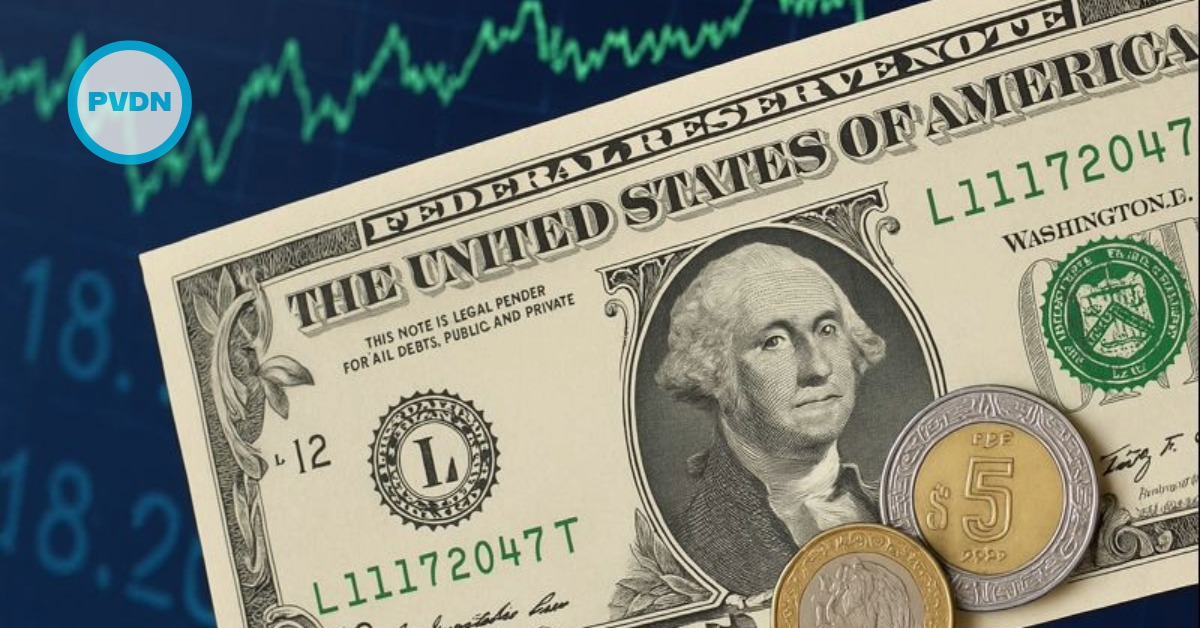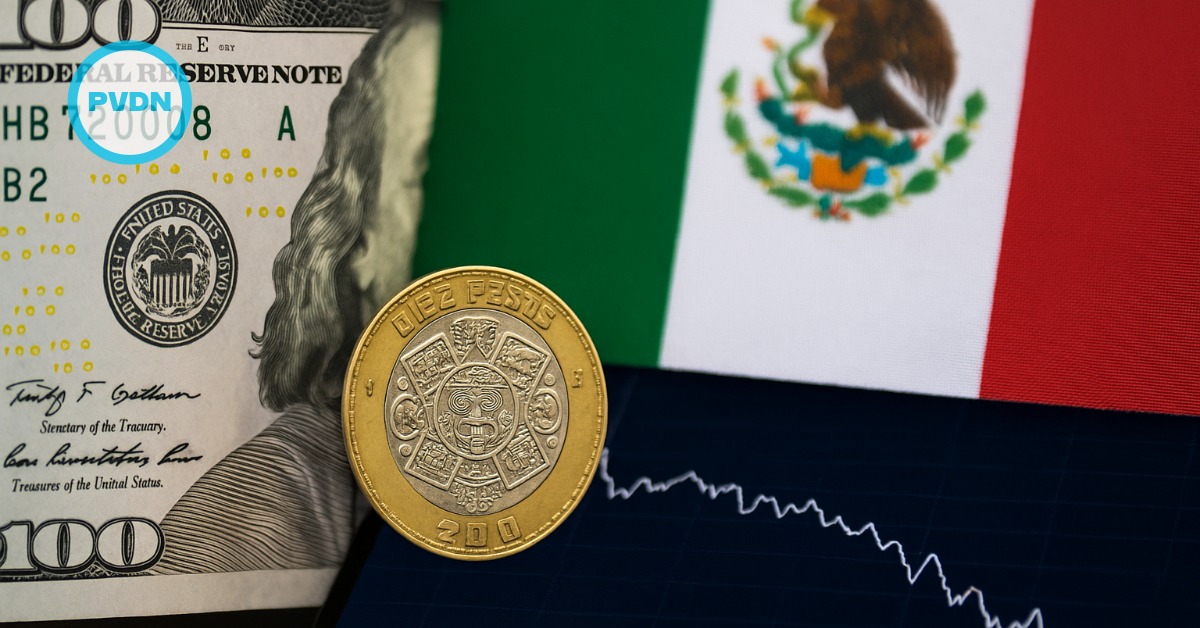Puerto Vallarta, Mexico - President Donald Trump's announcement to impose tariffs on imports from Mexico, Canada, and China has left industry leaders and global markets on edge. Despite White House spokeswoman Karoline Leavitt's confirmation that tariffs could be implemented today, uncertainty surrounds whether the President will follow through on his threats or use them as leverage in negotiations.






